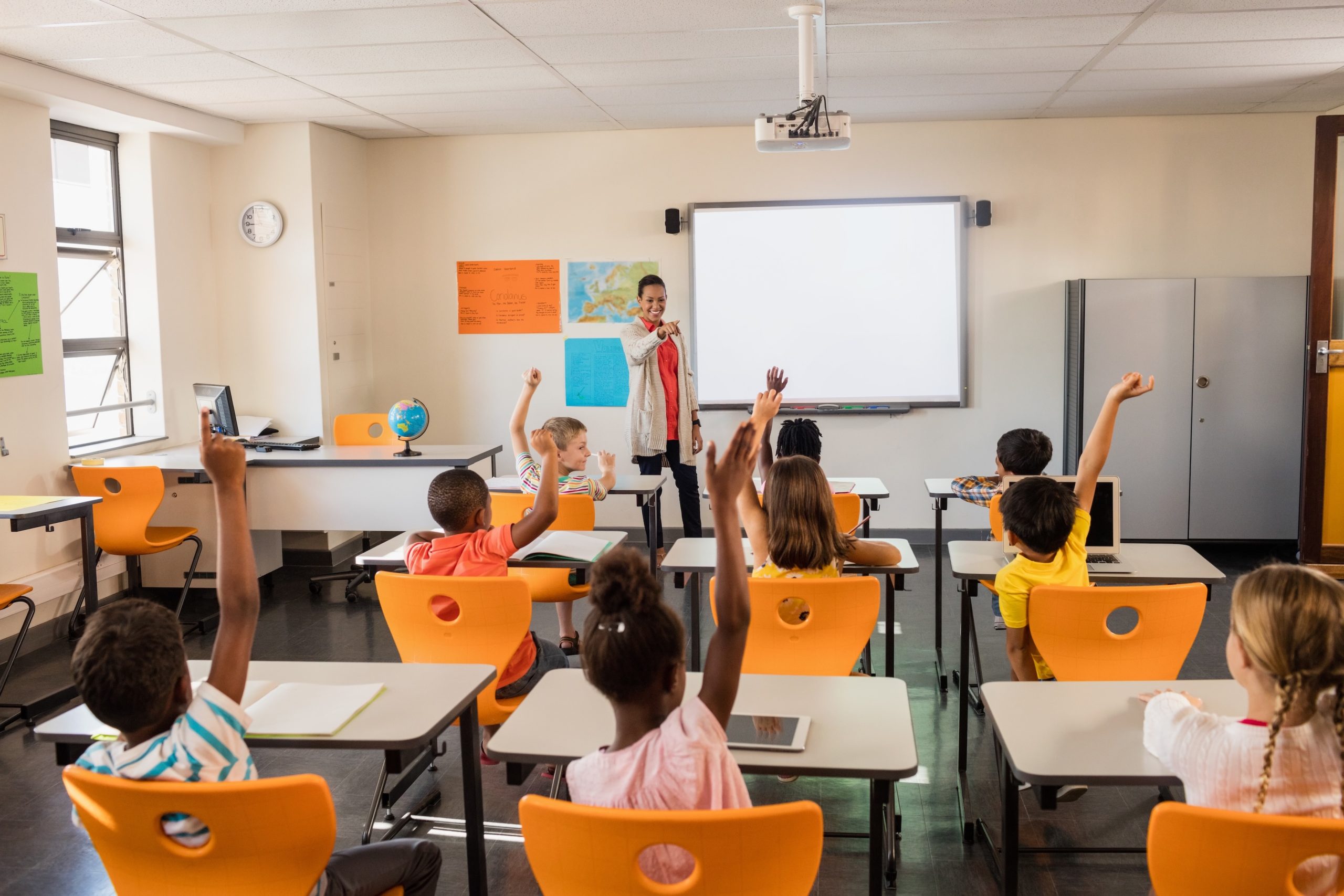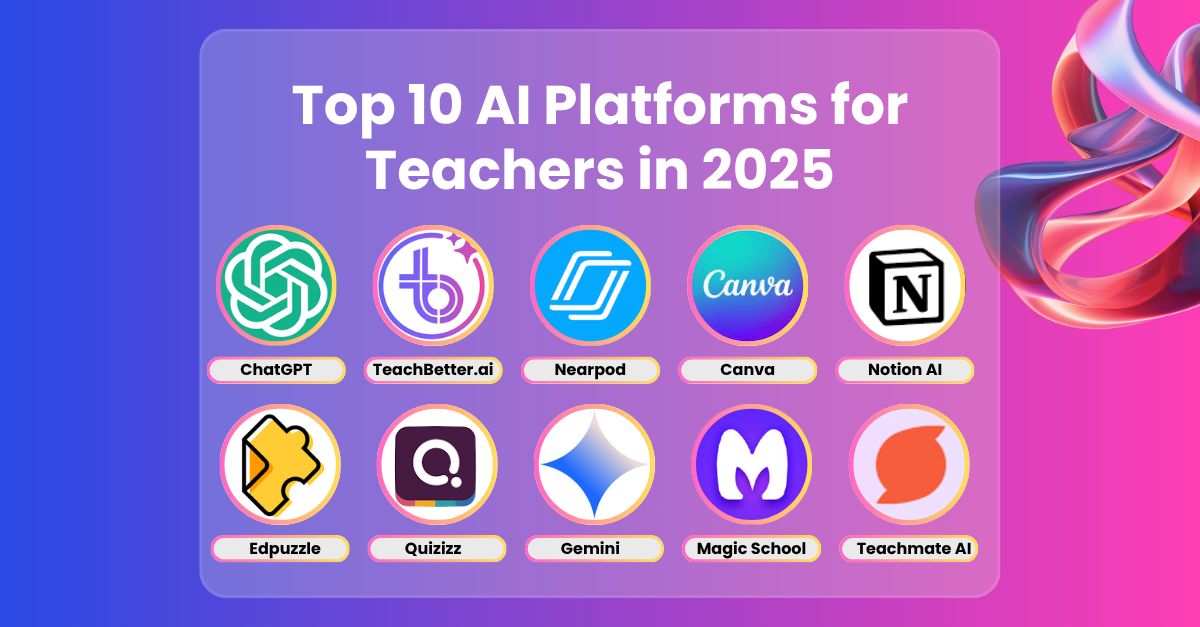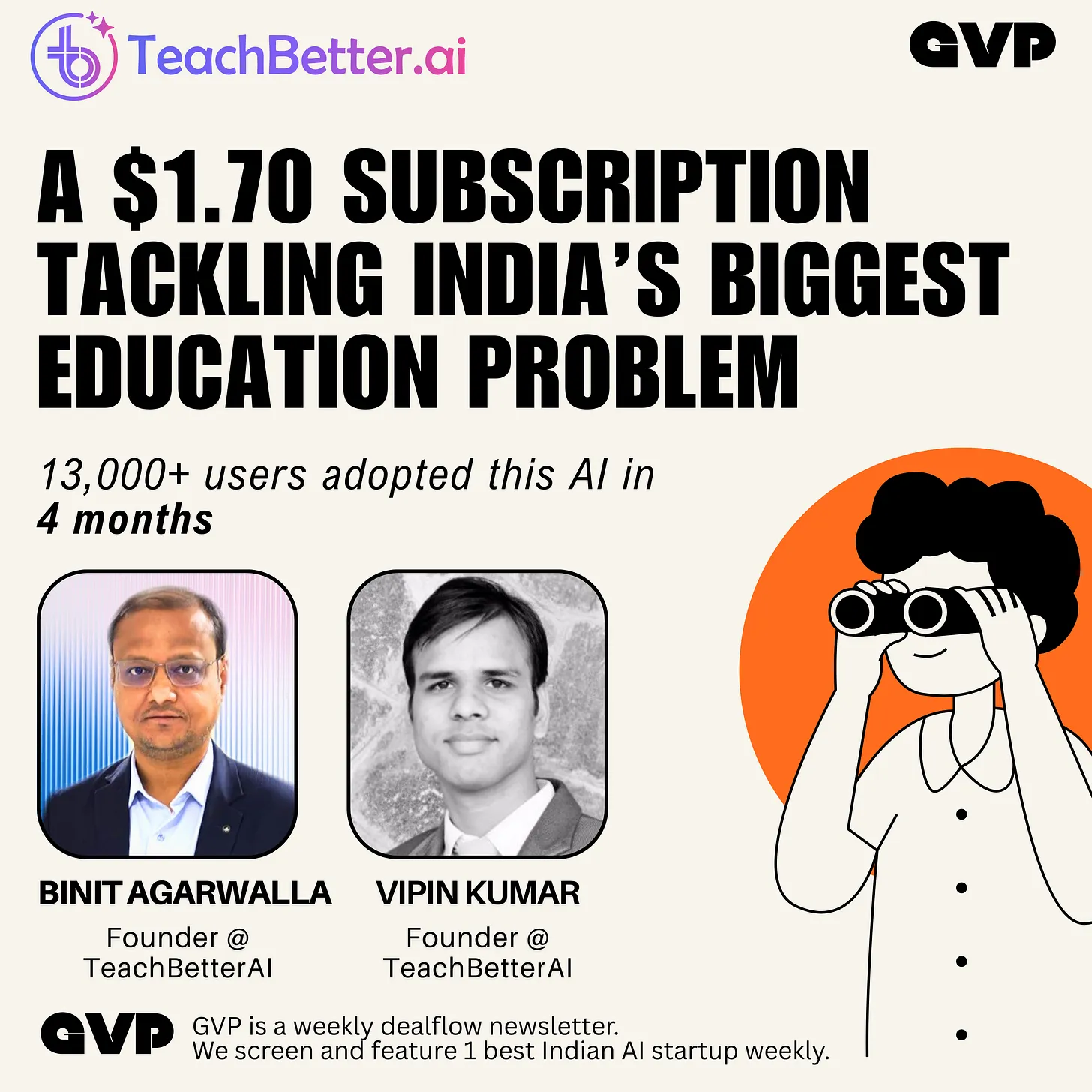The Knowledge Hub
Biggest Challenges in K-12 Education: Insights & potential solutions from educators in India
TeachBetter.ai
|
10 January, 2025

K-12 education in India is at a pivotal moment of transformation, driven by evolving societal needs, rapid technological advancements, and the implementation of the National Education Policy (NEP). Despite its rich legacy of educational excellence, the sector continues to grapple with significant challenges that impede the holistic development of students and the effectiveness of educators. While opportunities abound to revolutionize learning, persistent obstacles limit its potential to equip students for a dynamic and ever-changing world. This blog delves into the critical issues impacting students, teachers, and schools today, drawing from the valuable insights of educators across the country. Based on these insights, a detailed report around the state of K-12 education in India and role of AI, will also be published soon.
1. Addressing Diverse Learning Needs
Classrooms today are a microcosm of diversity, with students coming from varied socioeconomic, cultural, and linguistic backgrounds. Teachers often find it challenging to balance the differing learning paces and styles of students in a traditional classroom setup.
38% of educators emphasized the challenge of catering to diverse learning styles and abilities within a single classroom, highlighting the need for personalized teaching approaches.
One teacher mentioned that it is “almost impossible to create an individualized learning plan for every student,” especially when managing large class sizes. This inability to personalize learning often leaves some students disengaged or lagging behind.
Key challenges related to diverse learning needs:
- Students with different learning styles and paces struggle in standardized systems.
- Large class sizes make personalized attention nearly impossible.
- Lack of resources and tools to cater to students with special needs.
- Limited teacher training in managing diverse classroom dynamics.
2. Teacher Burnout and Administrative Overload
The workload for teachers extends far beyond teaching. From lesson planning and grading to handling administrative paperwork, the sheer volume of tasks often leads to teacher burnout.
42% of respondents highlighted unequal access to quality education, with significant mentions of the digital divide as a barrier to learning in rural and underserved communities.
Many educators expressed frustration with the lack of time and resources to innovate their teaching practices, with one stating, “Between lesson planning, grading, and administrative tasks, there’s hardly any time left for quality instruction or personal growth.”
Factors contributing to teacher burnout:
- Excessive administrative duties that take time away from teaching.
- Limited support systems and professional growth opportunities.
- Increasing pressure to meet performance benchmarks and targets.
- Managing large class sizes and balancing diverse student needs.
3. Gaps in Technology Integration
Technology has the potential to revolutionize K-12 education, but its adoption in Indian schools remains uneven. While urban schools are increasingly integrating digital tools into classrooms, many rural areas still struggle with inadequate infrastructure and internet connectivity.
41% of educators expressed difficulty integrating technology effectively into classrooms, highlighting inadequate training and infrastructure as barriers.
Educators highlighted the digital divide, with one teacher noting that students in underprivileged areas are “significantly disadvantaged due to a lack of access to devices and reliable internet.”
Major issues with technology integration:
- Unequal access to devices, internet, and tech-based resources.
- Limited teacher training in leveraging educational technology.
- Resistance to adopting new teaching methods due to lack of familiarity.
- Insufficient infrastructure in rural and underfunded schools.
4. Mental Health Concerns
Rising academic pressures and societal expectations are taking a toll on the mental health of students. Teachers reported an increase in anxiety and stress levels among students, with many struggling to cope with the demands of competitive exams and peer pressure.
36% of teachers identified rising mental health concerns among students as a critical issue, with insufficient support systems in place.
One educator pointed out that mental health support is “almost non-existent in schools,” leaving both students and teachers ill-equipped to handle emotional and psychological challenges.
Key mental health challenges in K-12 education:
- Limited access to trained counselors and mental health programs.
- Increased stress and anxiety due to academic and societal pressures.
- Lack of awareness and sensitivity around mental health issues in schools.
- Absence of a supportive environment for emotional well-being.
5. Curriculum and Overemphasis on Rote Learning
The curriculum in many schools remains rigid and outdated, focusing heavily on memorization and standardized testing. This approach often sidelines creativity, critical thinking, and problem-solving skills.
Nearly 62% of responses mentioned that the current curriculum is outdated, failing to align with real-world skills and future job market requirements.
One teacher lamented that “the curriculum doesn’t prepare students for today’s world. It’s all about passing exams rather than applying knowledge.”
Problems stemming from rote learning and outdated curricula:
- Overemphasis on memorization instead of conceptual understanding.
- Limited focus on skills like critical thinking and creativity.
- Outdated content that fails to align with modern-day requirements.
- Lack of practical, real-world application in teaching and assessments.
6. Inequity and Access
Educational inequity continues to plague India’s K-12 system. Rural and underprivileged schools face challenges such as inadequate infrastructure, limited resources, and untrained staff. Gender disparities and lack of access to special education further widen the gap.
42% of respondents highlighted unequal access to quality education, with significant mentions of the digital divide as a barrier to learning in rural and underserved communities.
One educator shared that “students from low-income families are often left behind due to a lack of resources and support.” These systemic issues prevent many children from realizing their full potential.
Core challenges of inequity and access:
- Inadequate infrastructure in rural and underserved areas.
- Limited access to qualified teachers and quality learning materials.
- Gender disparities and exclusion of students with special needs.
- Digital divide exacerbating inequalities in education.
Potential Solutions
Addressing these challenges requires a multi-pronged approach that involves educators, policymakers, parents, and technology providers.
- Personalized Learning: Integrating adaptive learning technologies can help tailor education to individual student needs, making learning more engaging and effective.
- Teacher Support: Streamlining administrative tasks through AI-powered tools can free up teachers’ time for creative and impactful teaching. Regular upskilling programs can also ensure they stay updated with modern teaching methods. 72% of respondents emphasized the need for regular teacher training and upskilling to manage technological advancements and innovative teaching methodologies effectively.
- Harnessing the Power of AI as an Enabler: AI-powered platforms can act as a catalyst in transforming K-12 education by addressing critical challenges like personalization, teacher workload, and engagement. They enable tailored learning paths for students, automate administrative tasks for educators, and provide insights to bridge learning gaps. In our survey, 64% of teachers expressed interest in tools that reduce repetitive tasks, while 72% highlighted the need for AI to enhance concept visualization.
- Bridging the Digital Divide: Ensuring equitable access to devices, internet, and digital tools is crucial. Public-private partnerships can play a significant role in achieving this goal.
- Mental Health Programs: Schools should prioritize hiring counselors and implementing mental health programs to create a supportive environment for students and educators.
- Curriculum Reform: Shifting to a competency-based curriculum that emphasizes critical thinking, problem-solving, and creativity can better prepare students for the future. 68% of educators highlighted that the current curriculum requires updates to focus on real-world applications and 21st-century skills, moving away from rote memorization.
- Systemic Reforms: Policies that ensure equitable funding and resources for rural and underprivileged schools can help bridge the gap in access and opportunities.
Conclusion
The challenges in K-12 education in India are multifaceted but not insurmountable. From addressing diverse learning needs to enhancing teacher efficiency and student engagement, systemic reforms and innovative solutions are essential. AI-powered platforms have the potential to revolutionize education by offering personalized learning experiences, reducing teacher workloads through automation, and providing data-driven insights for better decision-making.
At TeachBetter.ai, we are building a platform designed to tackle these very challenges. While the platform is not live yet, our vision is to create an AI-powered solution that empowers educators, supports schools, and engages students in meaningful ways. TeachBetter.ai will align with key teaching standards, ensure data security, and bring advanced generative AI tools to the classroom. Together, we can pave the way for a more equitable, efficient, and inspiring K-12 education system that prepares students to thrive in a rapidly evolving world.
To stay updated on our latest developments, follow us on LinkedIn: https://www.linkedin.com/company/teachbetter/


